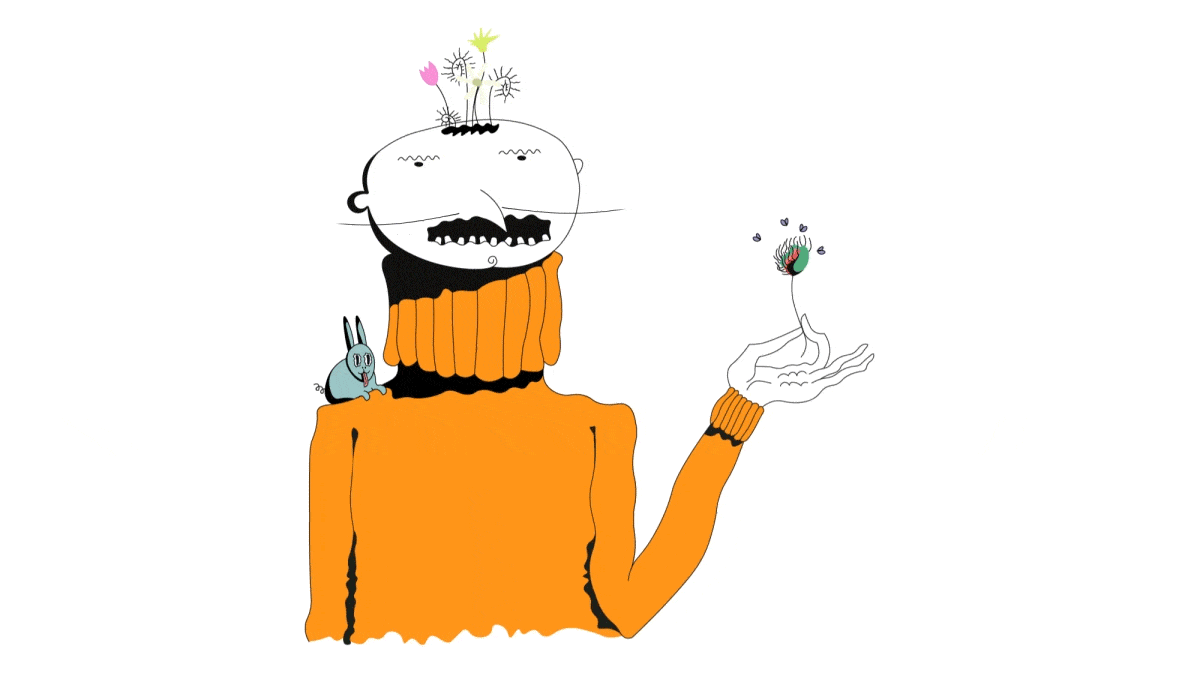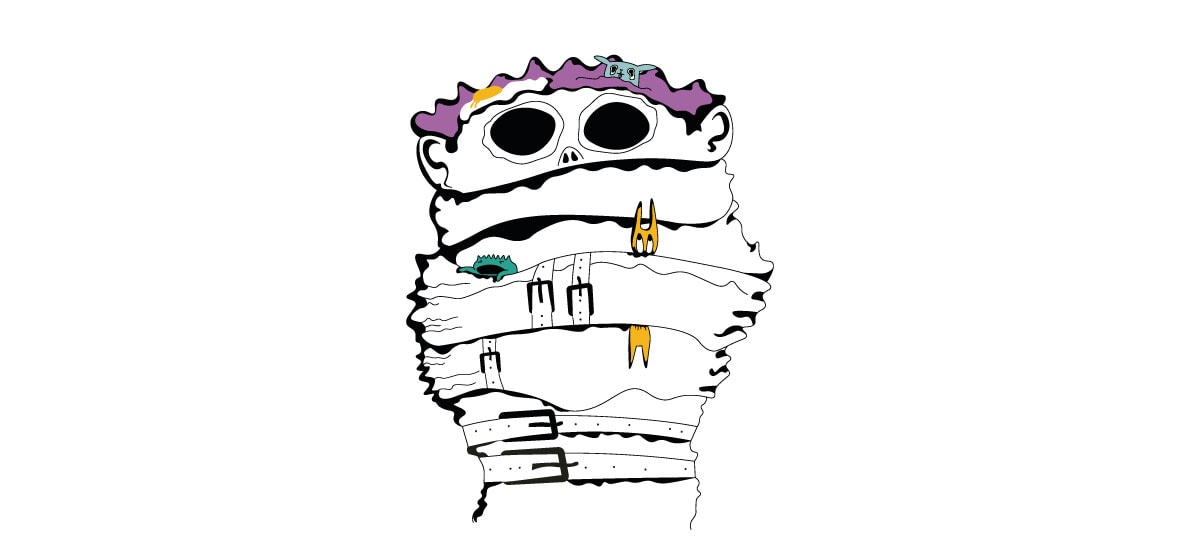
How to successfully manage a creative team
category /
Insider
date published /
04.03.20
read time /
4min
Creative web projects can be really satisfying upon delivery. However, the design process itself can be a hair-pulling experience for any manager. It’s almost impossible to apply the traditional tried and true project management strategies when managing creative teams. Creative projects run on a different set of requirements.
Pooling from experience, I decided to lay down a few key differences between traditional project management and creative project management. May this guide serve to streamline team work.

Art Studio vs. Business
Probably the most significant hurdle that creative web teams face is how to function as part of a money-making operation. The best designers enter the profession because they want to develop their craft. They see themselves as artists first, employees second.
Having an artistic spirit is great, but it could be problematic in the business world, where the quality of one’s work is quantified by deadlines, metrics and more, not by how much heart went into it. For creative project managers, the key is to balance the team’s need for creative expression with business responsibilities.
A good creative manager knows when to apply Pareto’s rule. If your client just needs a simple design for the backend of a site we know will never be seen by anyone, don’t let your designer spend a month perfecting the colour in the little corner at the bottom of the page. Whether you’re delivering branding work or providing custom web development services, spacing out the time for conceptualizing and executing a project is key to meeting deadlines. Some times, the pressure of an impending deadline might actually be just what your creatives need for extra inspiration!
Ultimately, customers like working with companies which can produce a creative project within their budgetary and time constraints.
Uncertainty and the Quantitative approach
I’ve already mentioned above that traditional project management techniques can’t really work around creatives. I didn’t mean it as a boast that “creatives are too cool for your rules man!”. There are real limitations to their application. Here is why:
One of the major things creative project managers suffer from is creeping uncertainty. Uncertainty comes from every part of the process. Unlike a technical project with clear parameters and set deliverables, creative projects rely on mutual understanding between the management, the team and the client. The creative team needs to be sure they’ve truly captured the essence of what their client commissioned. This gets even more complicated when the client isn’t even sure what they want.
Clients LOVE originality. They want a project that is unique, truly represents their brand image, and unlike anything else out there. In order to meet these kinds of extravagant expectations, a creative project manager might be tempted to put more people on the project: after all, like any product, the more hands on deck the faster things get done, right? - No. The problem is that there is no way to quantify creativity, and therefore determine how much resources to allocate.
Finding the equilibrium
Creativity may seem totally out of place in the business world, but fear not. Clearly thousands of companies manage to successfully fuse excellent products with beautiful design. Obviously there must be a way.
1) Seek clarity from your clients and your team
No one likes spending time and energy on a project only to find out that the client was not at all interested in the product. A sit down meeting before the project begins will clarify a lot of the differences in vision and avoid most mistakes down the road. Come prepared with a questionnaire with precise questions. For the creative team, gaging the clients points of view can be really crucial when it comes to unspoken design language.

2) Collaborate
Working with the team’s technical crew will produce a document known as a Terms of Reference (ToR). This forms the basis for the future project guidelines. With this document in hand, collaboration with an Art Director will help ad the creative layer onto the project’s technical specs. Working together with a UX and UI designer, the Art Director, Project Manager and the technical team will begin to put together something that looks like a completed project. Done properly, it would properly align with the client’s expectations.

3) Show empathy
Creative teams in particular, are composed of people who feel the need to express their unique identity onto the project. A good creative project manager knows their team inside and out. They also know how to bring out the best in each one of their team members. Only by harnessing the full creative power of one’s team can a project reach completion on time.

Final Words
I hope these guidelines will help you learn to think not as a project manager but as a CREATIVE project manager.
by
Anginé Pramzian
read next
subscribe to newsletter

